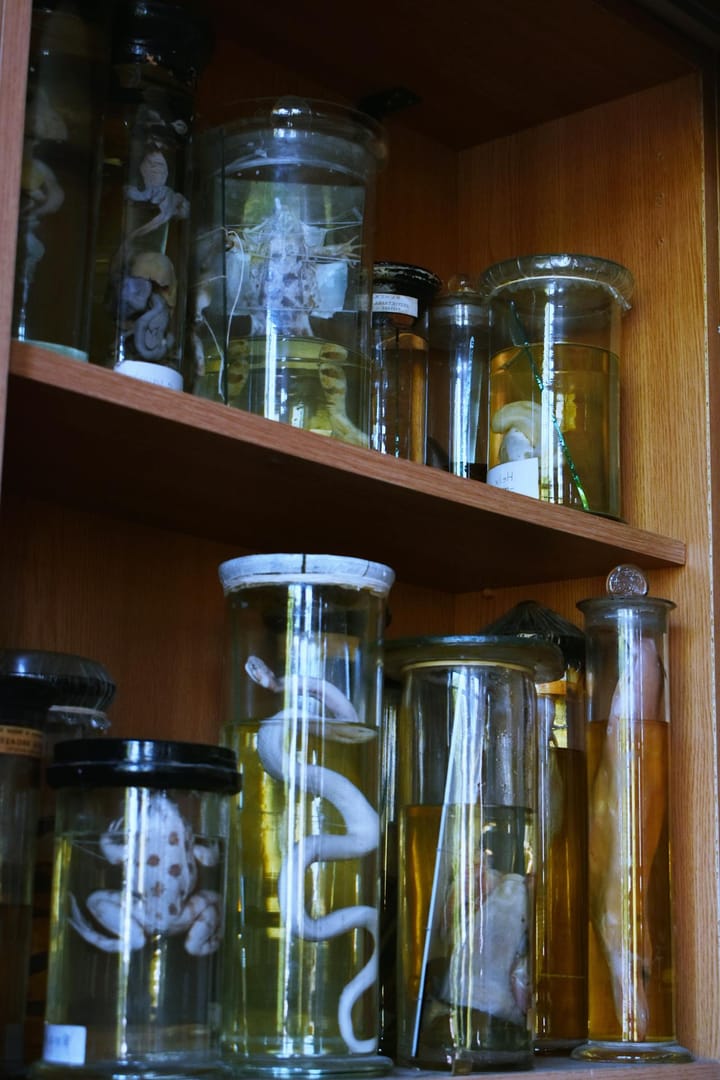Sodium Hydroxide in Hair Relaxers: Breaking the Bonds of Curls

Repeated use of sodium hydroxide (lye) in hair relaxers poses significant risks to hair health by disrupting disulfide bonds—some of the strongest naturally occurring bonds in hair. These bonds are essential for maintaining the hair’s structural integrity, providing strength, elasticity, and determining its natural shape.
Unlike hydrogen bonds, which can be temporarily altered by water and heat styling, the breakdown of disulfide bonds through chemical relaxers causes permanent and potentially damaging changes to the hair’s protein structure. With prolonged use, sodium hydroxide progressively weakens the hair shaft by continuously breaking these critical bonds. While this process effectively straightens curly hair, it also compromises the hair’s natural resilience. Over time, this leads to increased brittleness, breakage, and a significant loss of elasticity—key properties of healthy hair that depend on intact disulfide bonds.
This chemical alteration is particularly concerning because, unlike temporary styling methods that only affect hydrogen bonds, the damage to disulfide bonds is irreversible and accumulates with each treatment.
Please down your free Sodium Hydroxide Digital Reference Guide here.




Comments ()